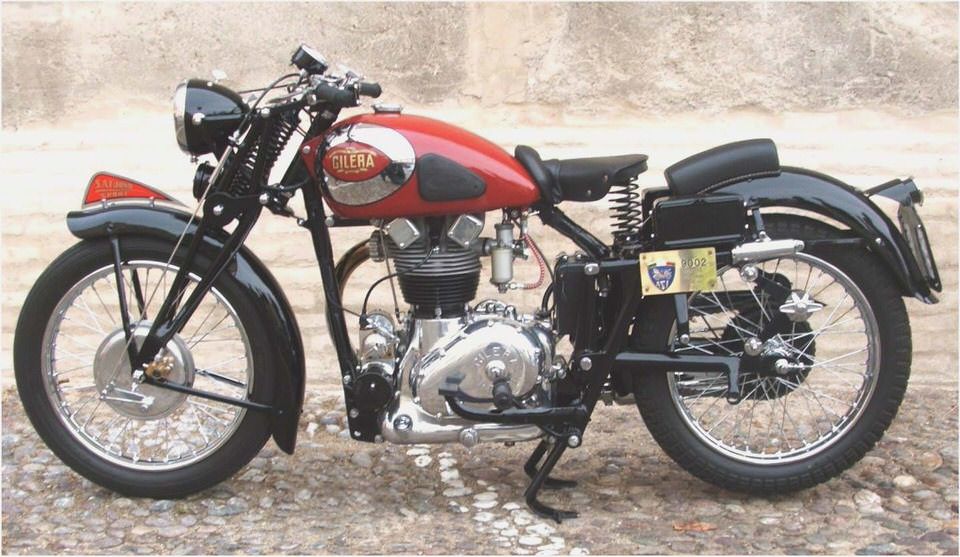
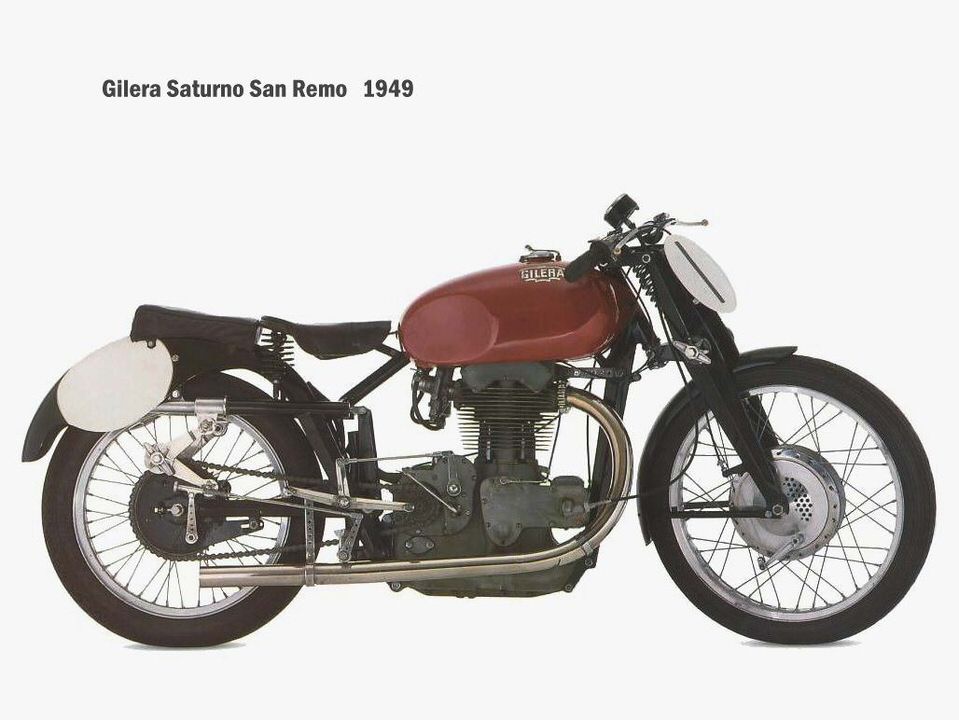
Gilera Motorcycles
In the early years of motorcycle manufacturing, getting an apprenticeship was essential for budding engineers. At the turn of the twentieth century, one such apprentice was Guiseppe Gilera. The foundations for what would become an internationally recognized motorcycle manufacturing company began at the Bianchi motorcycle company when Guiseppe began his apprenticeship at the age of 15.
By the age of 22 (in 1909) Guiseppe had designed and built his first motorcycle in Milan, Italy–a 317-cc OHV machine.
As with many early motorcycle manufacturers, Gilera competed in races to promote his machine, winning a local Hill Climb event with his first bike. By 1911 he had established a small race team which proved to be competitive and brought about a meeting that would be the catalyst for Gilera motorcycles.
Early Investors
It was during a race meeting in Italy that Guiseppe met a lawyer who was experiencing trouble with his Harley Davidson. Guiseppe used his extensive mechanical skills to fix the Harley and in so doing impressed the lawyer enough for him to introduce him to some wealthy investors. The net result was a new company manufacturing single cylinder, and eventually twin cylinder side valve machines.
As the new company grew, a new base was needed to meet the demand for Gilera machines and a new facility was found in Arcore, which is North East of Milan. As the business expanded, other members of the Gilera family were given key positions, but to ensure a loyal workforce, he also gave interest free loans to employees to build houses in the area.
All of the early Gilera motorcycles used in competition were modified street bikes, but in 1924 an OHV push rod engine was introduced. This new design required many modifications before it became competitive in 1930/1 when a team consisting of Rosolino Grana, Luigi Gilera and Miro Maffeis won the International Trophy at the ISDT (International Six Day Trial) in Italy.
Over the years Gilera manufactured many different styles of machines, but one bike in particular had a major effect on the company’s fortunes: the supercharged four cylinder racer of the 1930s.
Inline Four
The origins of the 500 four-cylinder bikes can be traced back to the early 1920s when two designers, Carlo Gianini and Piero Remor, found a solution to a common problem with inline four cylinder engines, overheating. Other four cylinder machines of the time such as the Henderson used the inline design to keep the machines narrow, but inevitably the cylinders behind the first one got hotter as they received less cooling air flow.
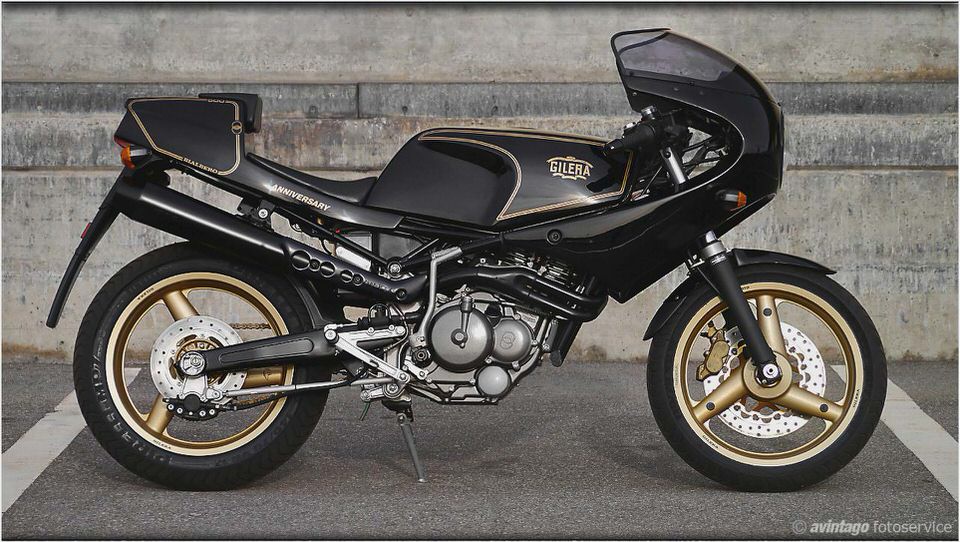
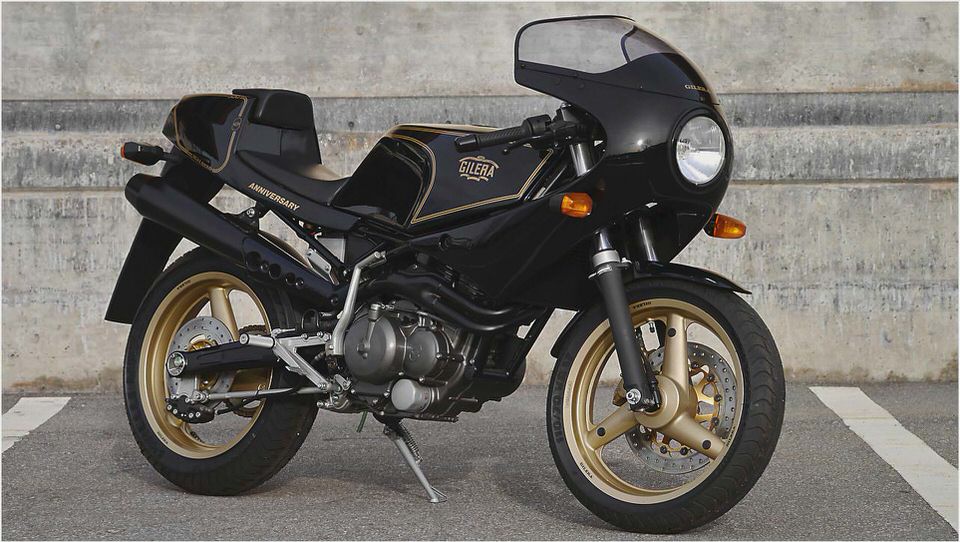
The simple solution was to design an engine that placed the cylinders across the frame. Although this design ultimately limited the angle at which the bike could be leaned over before its cases touched the ground, it had, none the less, more efficient cooling.
The initial design is rumored to have produced around 28 hp at 6000 rpm, but by 1933 after much redesigning (including the addition of a supercharger and water cooling) the engine reputedly produced 60 hp at 8500 rpm. (Note: The motorcycle using this engine at the time was called the Rondine).
The Rondine went on to finish first and second at a race in Tripoli in 1935 and also set a world record of 152 mph over a flying km. (Records at the time were set either from a standing start or at full speed as they entered a set distance, in this case the kilometer.) Soon after the record was set, the parent company of Rondine, the Caproni Aircraft Company, sold the design and machines to Gilera with the proviso that Gilera would also get the designer, Taruffi, to come and work for them.
Crank Main Bearings
Seeing the racing potential of the four cylinder machines, Gilera asked Taruffi to concentrate on the engine’s known weakness, the crankshaft main bearings. The resultant design formed the basis of the machine that set some fifty world records and went on to win the World 500-cc Grand Prix championship of 1951 with rider Umberto Masetti .
Interestingly, although the Gilera four went on to become one of the most successful racers of all time, the factory never made a street version. The irony of this is that the Japanese manufacturer’s designs that eventually dominated the markets in the 70s were clearly based on the Gilera inline transverse fours.
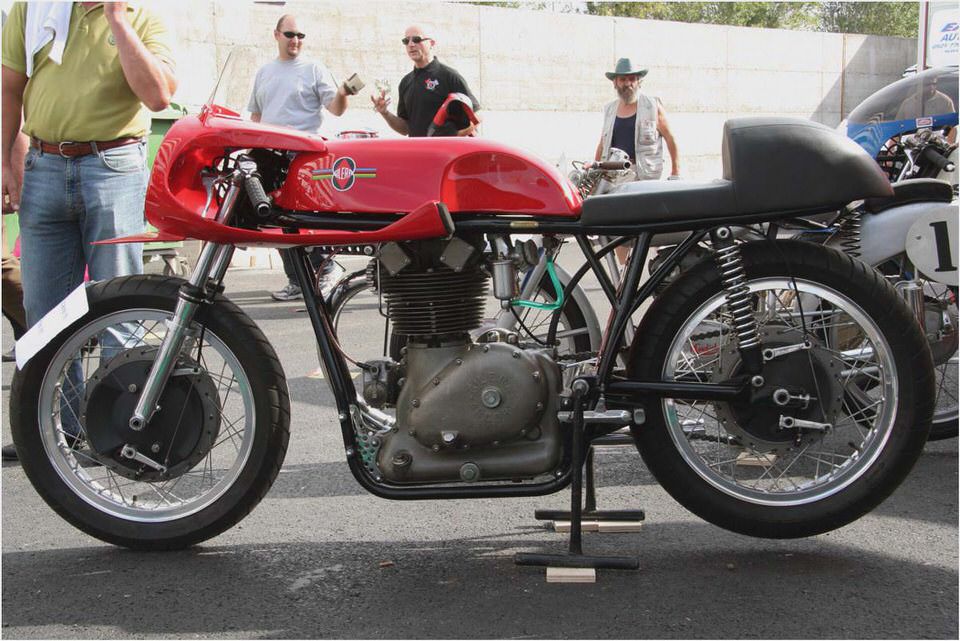
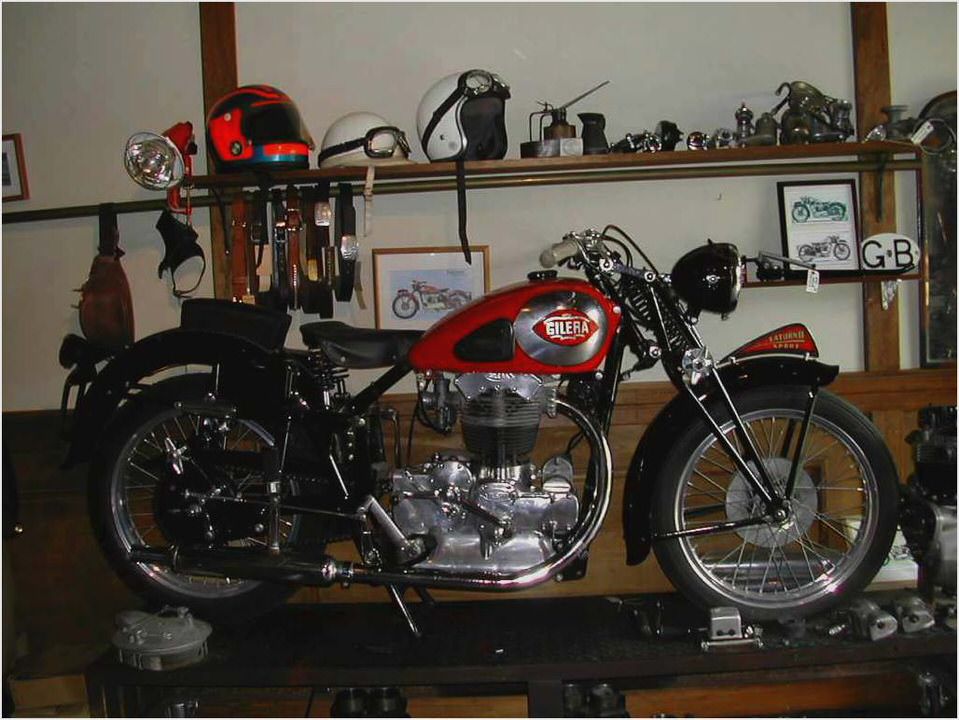
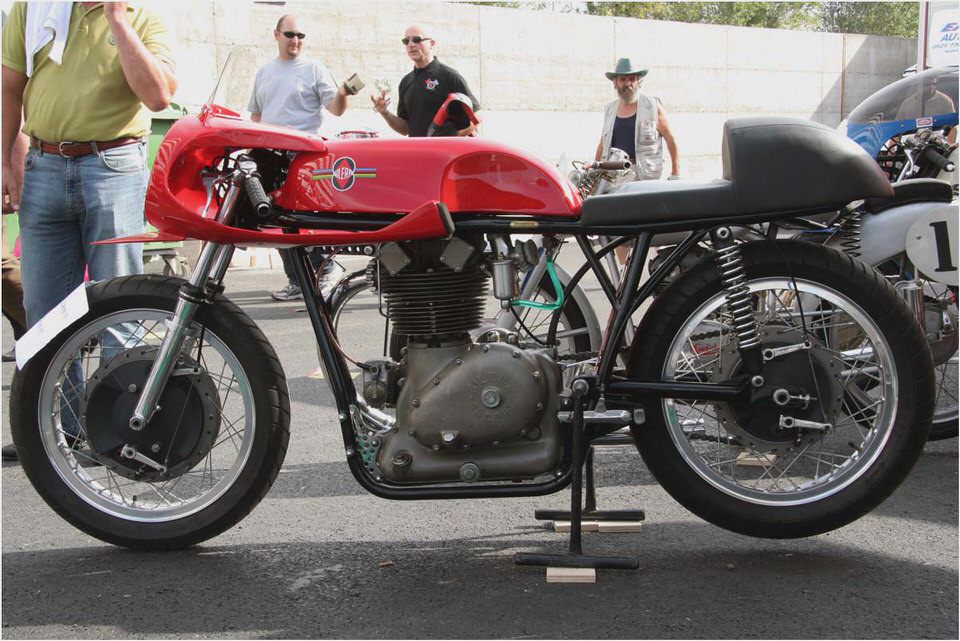
- Gilera GP 800 – The Scooter Review
- CD Scooters News Scooters
- 1946-’50 Gilera Saturno Hemmings Motor News
- Gilera Runner Replica – 2005
- Piaggio Liberty 125 S, prova su strada – MEGAMODO – Entertainment
